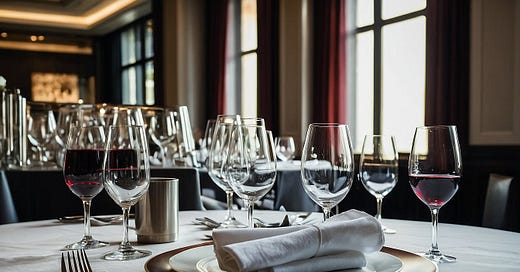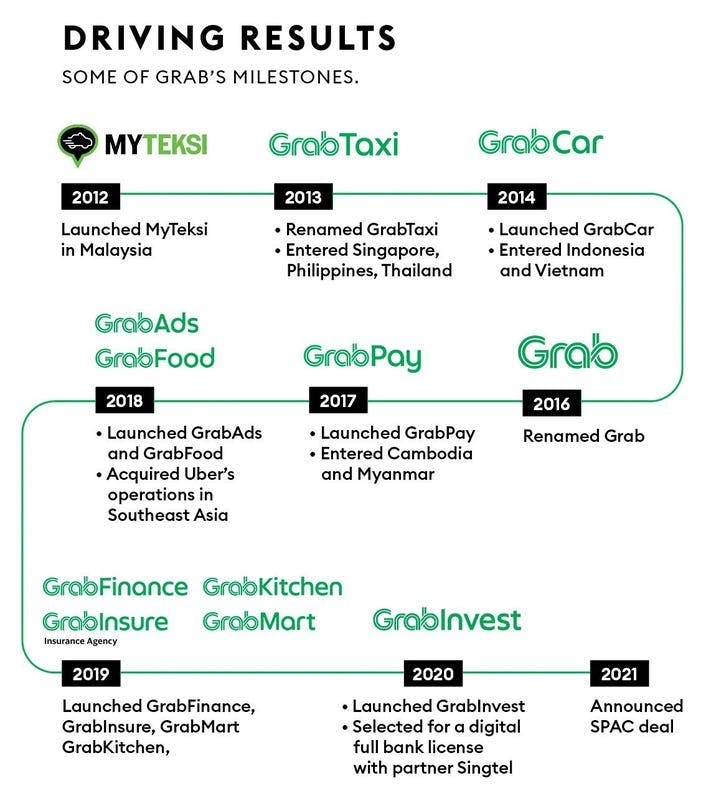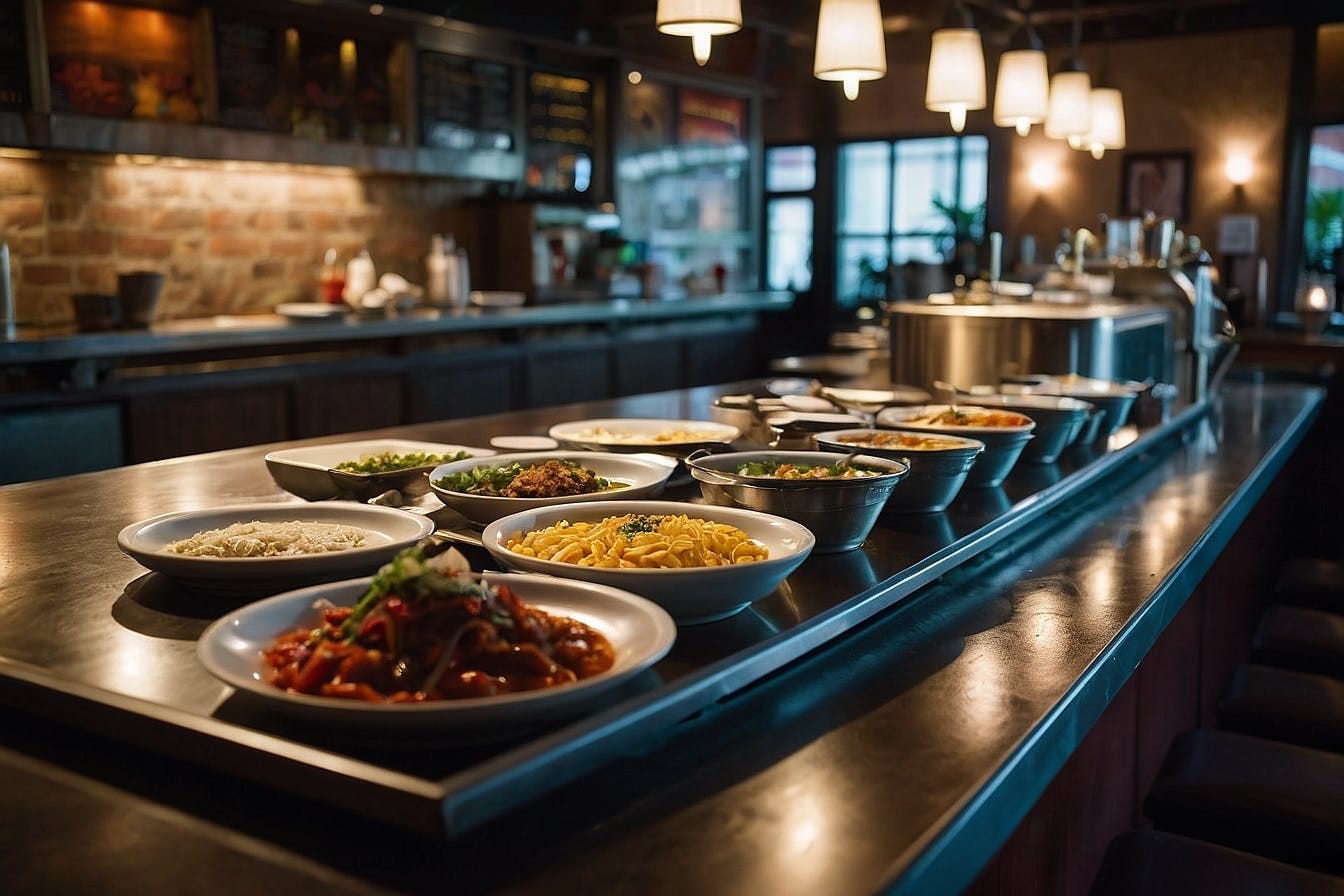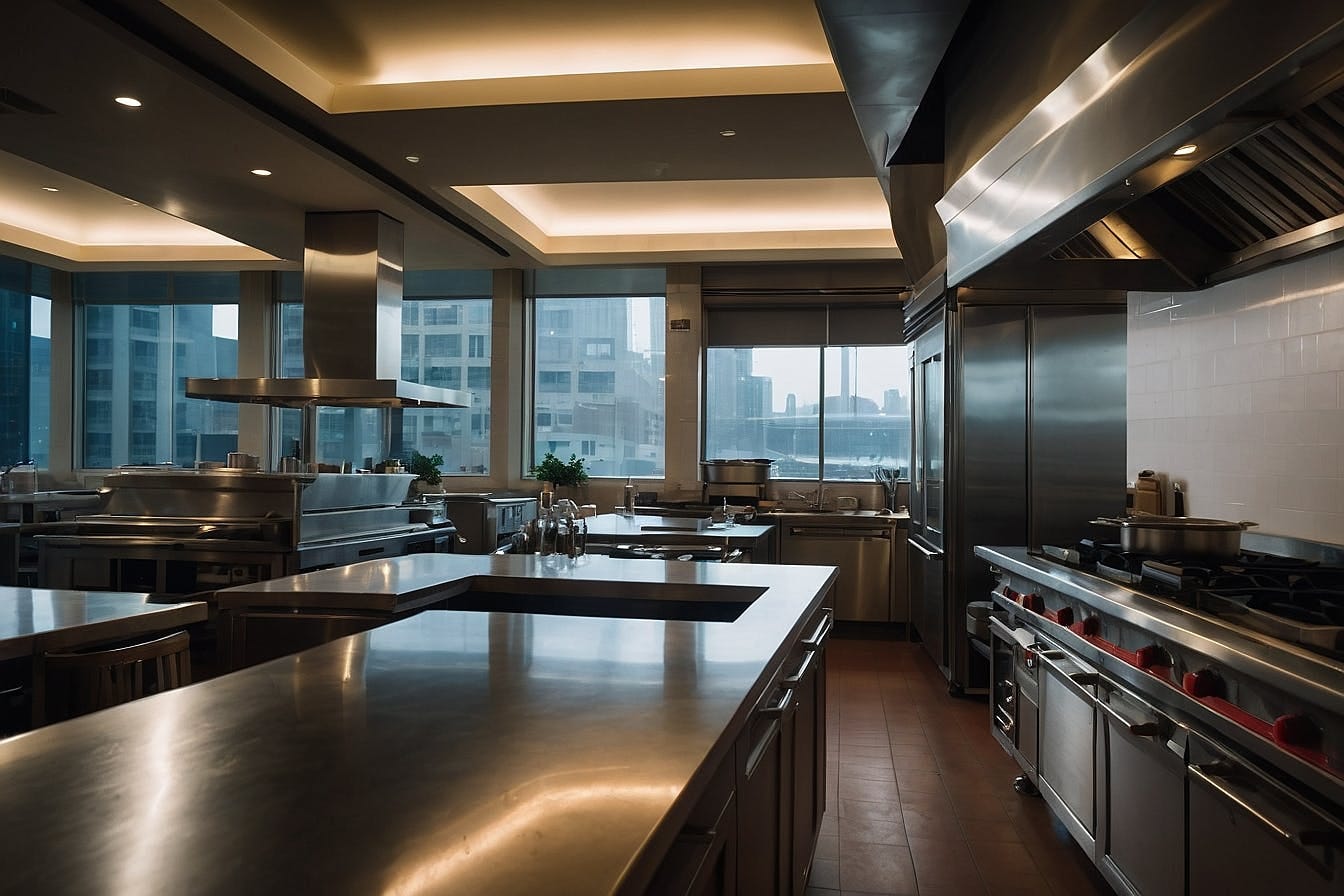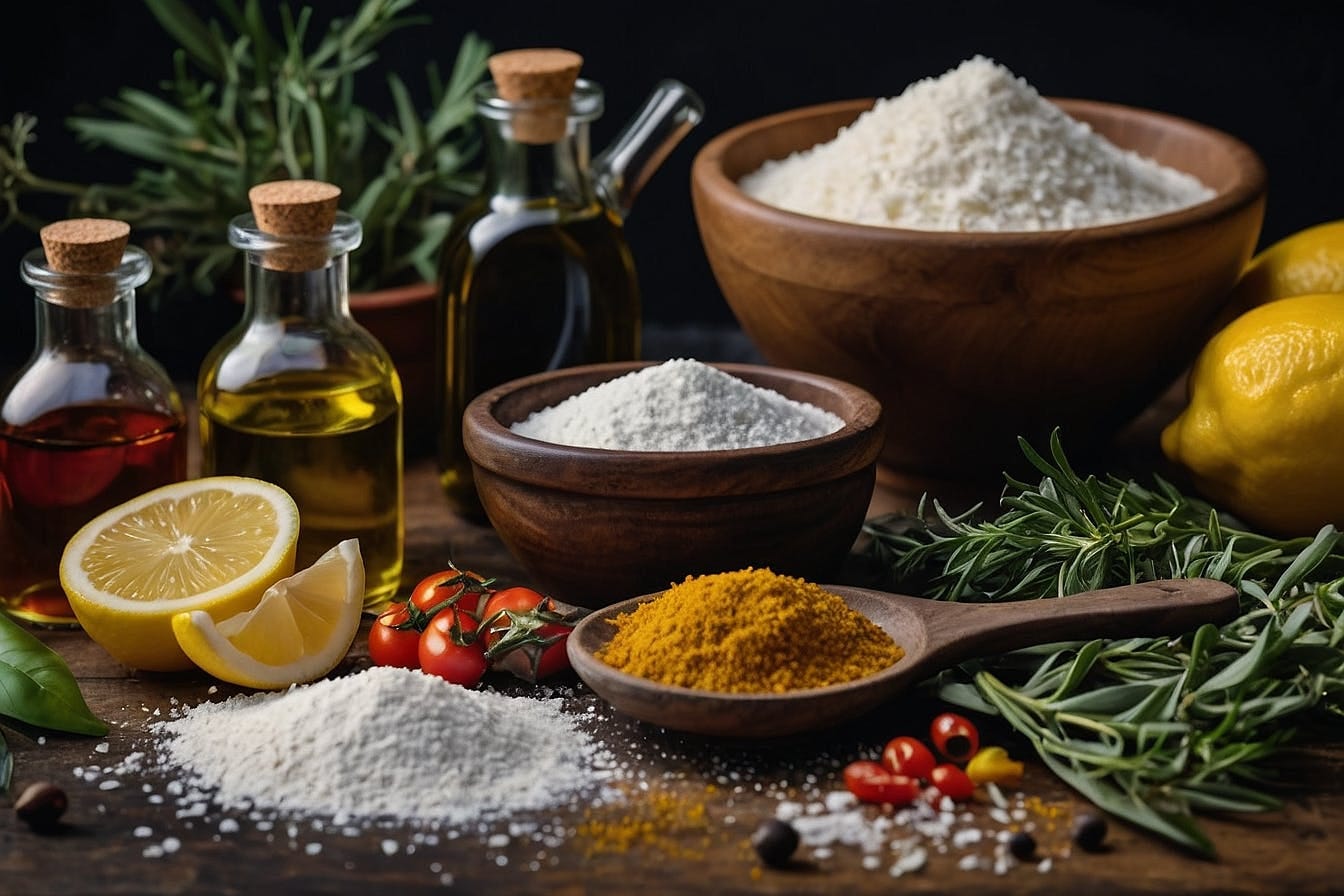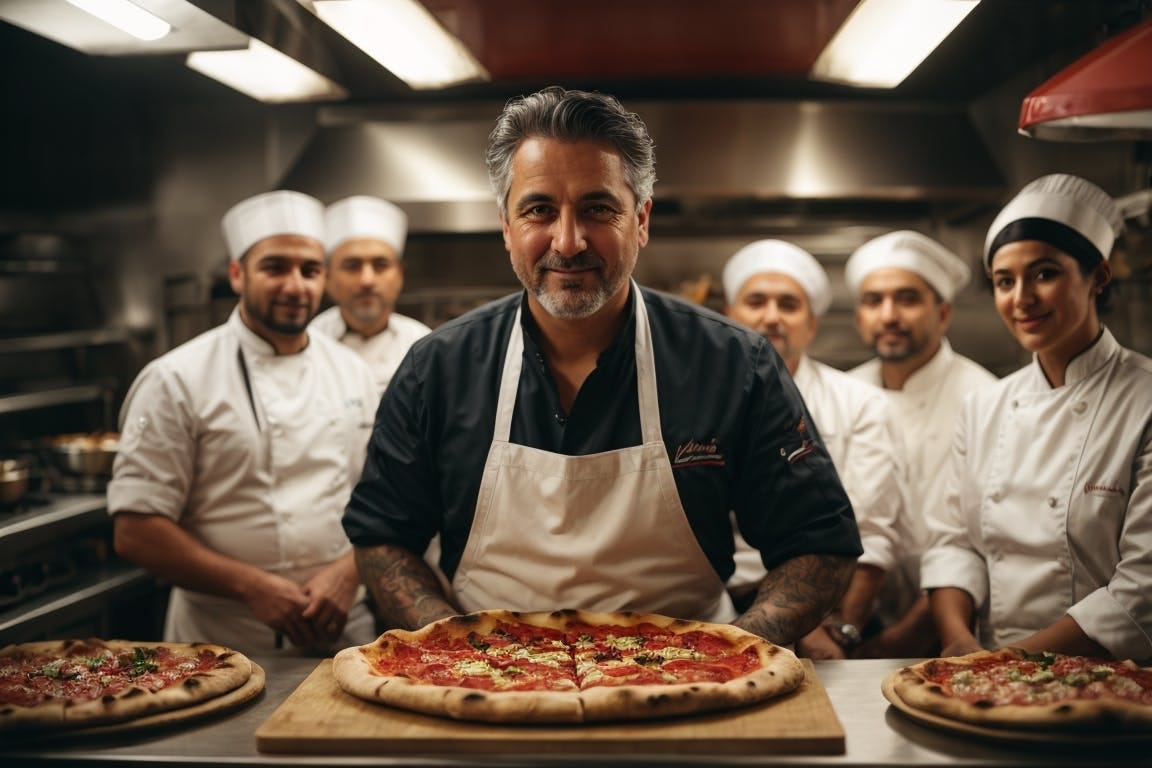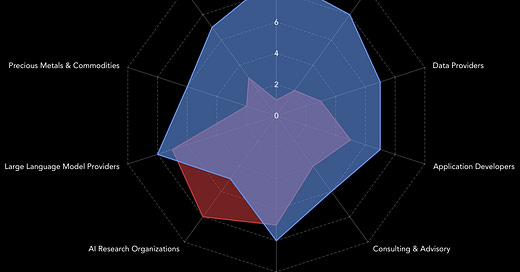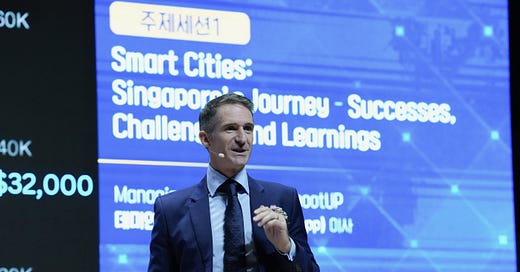
Master Chefs of Code: The Culinary Techniques Behind Software Platform Architectures
Today we are going to explore The Culinary Techniques Behind Software Platform Architectures!
Platform-based businesses have flourished over the years (Airbnb, Facebook, Uber, Grab, Spotify, etc.). They have one thing is common; they are architected for massive scale: Uber 150 millions monthly active users (MAU), Grab 35m MAU, Amazon 200m MAU, Shopify 2.1m DAU (source)
Why does it matter?
A good platform design enables high scalability in terms of volume(users, transactions, etc) but also in terms of business models and revenue streams. In the early days, the more flexible the easier it is to iterate quickly on product market fit as well as delivering improvements and new features that will delight customers and make them want more.
Later on, scalability will allow future expansion into adjacent businesses: Grab, the Southeast Asian super app, started with moving people and then added food delivery, they quite naturally added a wallet since payment created many frictions in many of the markets Grab operated in, insurance and groceries delivery came next, etc.
See the timeline here of Grab expansion over the years.
And business model and revenue streams today:
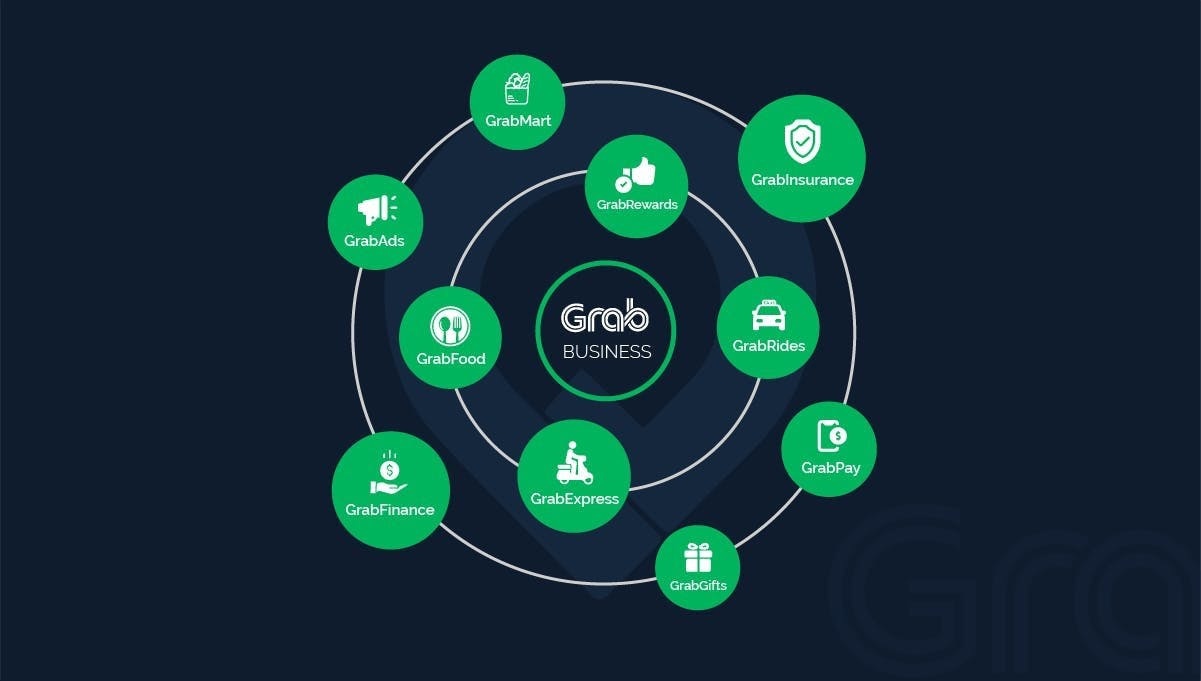
Another interesting example is Alodokter, a HealthTech startup based in Indonesia: they provide online doctor consultation, in person appointment scheduling and informative content on health. Natural expansion areas include medicine delivery, health insurance, etc.
Although it’s easy in retrospect to map out Grab’s journey in venturing into adjacent businesses leveraging the same core platform, it’s not as obvious when you start.
Let’s deep dive into the intricacies of platform design…
What’s a platform ? What’s an application?
The design principles of a platform help identify the underlying infrastructure components and core functions needed to support one or multiple user workflow(s) (eg. the job to be done). User workflows are encapsulated into applications. Applications are the interface that users interact with and the vehicle that generates the revenue streams.
When it comes to platform architecture design, I often use the analogy of opening a restaurant.
It sounds obvious, but you can’t open a restaurant without a menu, can you? To make the dishes on the menu you need a kitchen and special equipments, raw ingredients, as well as staff of course.
Just like a list of ingredients does not make it a meal, a collection of features does not make a product
In the product development world, we tend to focus on building the platform components that will make the applications sitting on top more scalable, more robust, more secure, easier to maintain and configure. But once we have spent all this time building a beautiful kitchen, we forget we did not spend enough time in designing a menu for our customers.
The Menu
The first question is: who is this restaurant for? What type of food do I want to serve? What is my value proposition? In other words: what ‘problem’ are you solving? For whom?
A platform without apps is like a restaurant without menu.
It could be either:
A Fast Food Restaurant that addresses a broad market with limited options but a focus on speed and cost effectiveness. For example a Software as Service (SaaS) Platforms that offer quick, straightforward solutions with minimal setup or customization like Shopify (e-commerce), MailChimp (email marketing), Wix (website builder). These platforms offer quick, ready-to-use solutions with minimal customization required. They focus on delivering core functionalities efficiently and at an affordable cost: self-onboarding, auto-billing, etc.
A Family Restaurant that offers a wide variety of options to cater to a broad audience, aiming to provide something for everyone at a reasonable price. That means Platforms that are versatile and serve a wide range of business needs allowing for some configurations and flexibility such as Microsoft 365 (collaboration), Atlassian Suite (project management), Zendesk (Helpdesk).
A Speciality Restaurant that focuses on a specific cuisine or dining experience, offering specialized choices that cater to niche markets (Italian, Indian, Sandwiches, Giros, etc). Niche Market Software like Veeva (pharmaceutical industry), Clio (Legal), Procore (Construction) or ArchiCAD (Architecture). This type of software focuses on providing specialized solutions tailored to specific industries or professions.
A Gourmet & Fine Dining Restaurant that provides high-end offerings focusing on quality and exclusivity, rare and refined ingredients, outstanding presentation and environment, often tailored to the preferences of an upscale clientele. Custom software solutions that provide advanced capabilities and high levels of customization or Enterprise Resource Planning (ERP) Systems such as SAP, Oracle NetSuite, IBM Watson (AI/ML), C3.AI (AI/ML) or Tableau (Data Visualization). They offer a wide range of modules and rich functionalities, catering to specific business needs such as finance, HR, operations, and customer service. They usually require white glove services from consultants to be deployed at the end users’.
Being clear on the above will help define further the equipment needed, your sourcing strategy, the suppliers to work with, your price point, the type of equipment and the talents you will need to run your operations.
The Kitchen
To align the menu with the type of restaurant you have chosen you are going to need some standard kitchen elements and some special equipments:
Stoves and ovens: the servers and computing resources that provide the necessary processing power to run applications. This includes physical servers, cloud-based servers, or platforms like AWS EC2, which provide the essential computing infrastructure.
Refrigeration and Freezers: just as refrigerators and freezers store perishable ingredients safely for future use, databases and data storage solutions (like SQL databases, NoSQL databases, and cloud storage services) securely store and manage data that applications need to function effectively.
Prep Tables: they provide space for chefs to prepare ingredients before cooking, similar to how integrated development environments (IDEs) and other development tools (like Visual Studio, Eclipse, or Git) offer developers a space to write, edit, and prepare code before it is deployed.
Sinks and Dishwashers: they are used for cleaning and maintaining kitchen cleanliness. In software, maintenance tools (such as system optimizers, log managers, and garbage collection) ensure that the system runs smoothly by cleaning up unused data and optimizing performance.
Ventilation Systems: to manage air quality and temperatures in the kitchen, similar to how security systems (like firewalls, antivirus software, and intrusion detection systems) and compliance protocols manage and protect the integrity and security of data within software environments.
Cooking Utensils (Pots, Pans, Knives): the tools needed to execute various cooking techniques. Similarly, software libraries and frameworks provide the tools necessary for developers to build applications more efficiently, offering pre-written code and templates to handle common programming tasks.
Mixers and Food Processors: These appliances automate repetitive kitchen tasks like mixing or chopping. In software development, automation tools (such as continuous integration/continuous deployment pipelines) and integration frameworks help automate repetitive code integration and deployment tasks, increasing efficiency.
Special equipment for special needs such as wood fire oven for pizza or bread might be needed, similarly specific tools might be needed to build specific features. For example a data labeling and AI/ML platform (like Labelbox or Chooch.AI) to train Computer vision models to analyze photos for example.
All these tools work together to support the various activities required to deliver the perfect meal (or applications) efficiently.
Ingredients
The ingredients needed to make a meal are also crucial to make each dish come to life.
The Protein (e.g. Meat, Fish, Eggs or Veg-based protein): it forms the base of many dishes, the core platform or framework (like .NET, Java, or Ruby on Rails) provides the fundamental structure upon which software applications are built. It supports all other features and functionalities.
The Sides (e.g., Vegetables, Potatoes, Rice, Pasta or Salads): they complement the main course and enhance the meal's overall balance, similar to how data and supporting libraries and APIs extend the capabilities of a core software platform, offering additional features that enrich and automate the application.
The Sauces (e.g., Gravy, Tomato Sauce, or Cream Sauce) add flavor and cohesion to dishes, just like middleware in software development that connects different applications, databases, and software components, allowing them to communicate effectively and operate as a cohesive unit.
The Condiments (e.g., Ketchup, Mustard, or Mayo) are used to add extra flavor or customize a dish to the diner's taste. Similarly, utilities and tools in software development (like version control systems, code editors, and debugging tools) help customize and enhance the development environment and process.
Seasonings (e.g., Salt, Pepper, Herbs, and Spices) are added to enhance or alter the flavor to suit specific tastes, similar to how configuration and customization options in software allow users to tweak settings to better meet their needs and preferences.
Garnishes (e.g., Parsley, Lemon Slices, or Edible Flowers) are used to enhance the presentation and appeal of a dish. In software, user interface elements like buttons, icons, and animations serve to improve the visual appeal and user experience, making the software more pleasant and intuitive to use. They make users want to use the application and come back for more.
The Team
Finally the team who will make the magic happen and help create a memorable experience; and there are many parties involved:
Executive Chef (Head Chef) is responsible for the overall operation of the kitchen, including menu creation, kitchen staff management, and overall culinary direction, which mirrors the Project Manager's role in software development. Both are pivotal in setting the vision, coordinating team efforts, and ensuring the final product meets quality standards.
Sous Chef acts as the second-in-command in the kitchen, handling day-to-day kitchen management, supervising staff, and ensuring that dishes are executed correctly. Similarly, a Senior Developer or Architect supports the project lead, manages portions of the project, and makes key technical decisions, ensuring the development process runs smoothly.
Chef de Partie (Station Chef or Line Cook): each Chef de Partie is responsible for a specific area of production in the kitchen. In software development, this is akin to a Developer or Software Engineer who focuses on specific components or areas of the application, such as the front end, back end, database management, etc.
Pastry Chef specializes in creating desserts, pastries, and other baked goods, focusing on both aesthetics and taste. This is similar to the role of a UI/UX Designer who designs the application’s interface, focusing on the look and feel of the product, as well as the user experience.
Commis Chef (Junior Chef) are often less experienced chefs who work under a Chef de Partie to learn the aspects of a particular station or kitchen in general. Similarly, Junior Developers work under the guidance of more senior developers to gain experience and knowledge in specific areas of software development.
Expeditor acts as the communication link between the kitchen and the front of house, ensuring that orders are prepared to specification and sent out on time. In software development, the QA Engineer or Tester plays a similar role by checking that software products meet requirements and are free of bugs before release.
Restaurant Manager/Floor Manager ensures everything on the floor runs smoothly, similar to a Scrum Master who ensures the development team works efficiently and adheres to Agile methodologies.
Host or Hostess manages first impressions and guest satisfaction, akin to a Client Service Manager who handles client relationships and communications.
Servers/Waitstaff are the direct point of contact for customers, similar to Customer Support personnel who interact directly with users, handling inquiries and issues.
Bartender & Sommelier: just as the Bartender manages the bar and mixes drinks or recommend the best wine to pair with the meal, a Database Administrator manages data infrastructure, ensuring data integrity and performance.
The Location
In real estate, we usually say: location-location-location! Location matters because it defines the demographics, traffic, visibility, competition, accessibility, potential for future expansion, the cost and possibly compliance and regulatory requirements (zoning laws, health regulations, and licensing requirements). Location is not something you can change easily after the fact…
In software development, the choice of the underlying technology, frameworks and infrastructure will define the type of skills and talents you can get access to, the scalability, the cost structure, the type of support & documentation, your competitive advantage, future extensibility (eg API), as well as data handling laws (like GDPR), security standards (like ISO 27001), and any industry-specific regulations (like ISO 45001, PCI DSS).
Final Words
Getting customers
You can’t open a restaurant without any marketing to acquire your customers.
Where are your customers ? Why would customers come and visit you?
Maybe they just passed by? Location (physical and digital) matters.
Maybe they saw a review online? Feedback matters.
Maybe they heard about you from a friend? Reputation matters.
Maybe the came once and came back for more? Loyalty matters.
In software we tend to spend a lot of time building a product but not enough in designing a go to market strategy to acquire customers effectively, repeatedly at scale. You can’t sell without marketing.
Experience matters
I've learned that people will forget what you said, people will forget what you did, but people will never forget how you made them feel. — Maya Angelou
What makes a restaurant experience memorable? It delivers on its promise, delight customers at each step of the way, from end to finish.
The bottom line
You need a clear, user-facing product or service (the menu/apps) that delivers on the promise of the underlying infrastructure (the kitchen/platform). While platforms provide the necessary groundwork and tools for development, it's the applications that deliver specific functions and value to the end-user.
How about you? What’s on your menu?
Thank you for your support!

